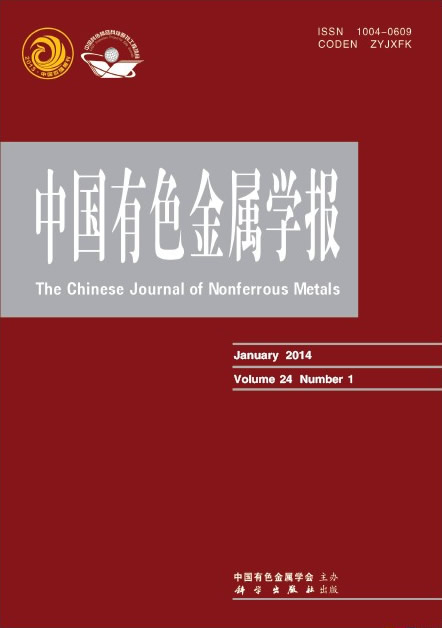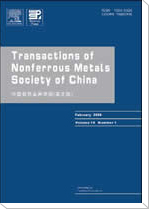(1. 有研科技集团有限公司,国家动力电池创新中心,北京 100088;
2. 北京有色金属研究总院,北京 100088;
3. 宁德时代新能源科技股份有限公司,宁德 352100)
摘 要: 本文以钴酸锂正极材料为例,采用热重-质谱联用技术(TG-MS),分析了正极材料的热分解及其与电解液的反应热特性,考察了不同充电态、电解液对层状正极材料热稳定性的影响,并系统分析了O2增加的原因。结果表明:随着充电截止电压的增加,钴酸锂的脱锂量增大,层状结构破坏程度加剧,热分解释放出更多的O2。对比了4.4 V的LiNi0.33Mn0.33Co0.33O2(4.4 V-NMC111)和4.2 V的LiNi0.8Mn0.1Co0.1O2(4.2 V-NMC811)正极材料热稳定性,并明确以4.4 V-NMC111与4.2 V-NMC811为阴极制作的全电池具有相近的能量密度,但4.4 V-NMC111电池表现出更好的耐高温性。
关键字: 锂离子电池;正极材料;高电压;热稳定性;热重-质谱联用技术
(1. National Automotive Cell Innovation Center, GRINM Group Co., Ltd., Beijing 100088, China;
2. General Research Institute for Nonferrous Metals, Beijing 100088, China;
3. Contemporary Amperex Technology Co., Ltd., Ningde 352100, China)
Abstract:The thermogravimetry-mass spectrometry (TG-MS) technique was used to analyze the thermal stability of cathode materials, including the thermal decomposition, the reaction thermal characteristics with the electrolyte, and the effects of different states of charge and electrolyte. For the lithium cobaltate cathode material, the reason why the O2 increased in LixCoO2 was systematically explored. The results show that the layered structure of the cathode materials is broken with the cut-off voltage increasing, resulting in the thermal stability decreasing, and even the thermal decomposition to release more oxygen with the increase of the amount of delithiation. Comparing the thermal stability of the cathode material of the full battery based on the 4.4 V LiNi0.33Mn0.33Co0.33O2 (4.4 V-NMC111) and 4.2 V LiNi0.8Mn0.1Co0.1O2 (4.2 V-NMC811), it is demonstrated that despite the similar energy density of 4.4 V-NMC111 and 4.2 V-NMC811, the 4.4 V-NMC111 has better high temperature resistance performance.
Key words: lithium ion battery; cathode materials; high voltage; thermal stability; thermogravimetry-mass spectrometry technique


